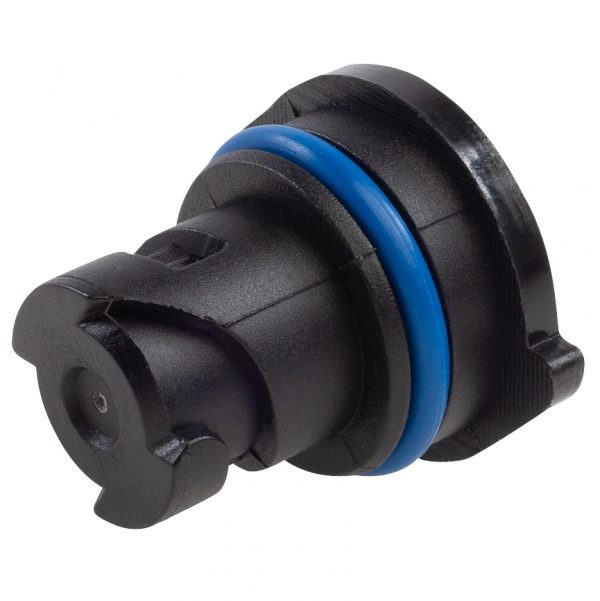transmission rear output shaft seal
Understanding the Transmission Rear Output Shaft Seal
The transmission rear output shaft seal, often overlooked in vehicle maintenance discussions, plays a crucial role in the overall performance and longevity of your vehicle's transmission system. This small yet significant component serves as a barrier within the transmission housing, preventing transmission fluid from leaking out while also protecting the internal components from dust, dirt, and other contaminants.
Function and Importance
The primary function of the rear output shaft seal is to seal the area where the output shaft exits the transmission case. This shaft transfers power from the transmission to the driveshaft, which ultimately connects to the wheels, facilitating movement. A properly functioning seal ensures that transmission fluid remains contained within the system, maintaining the necessary lubrication for the moving parts.
Transmission fluid is essential not only for lubrication but also for cooling and providing hydraulic pressure that enables the transmission to shift gears smoothly. If the rear output shaft seal fails, it can lead to significant fluid leakage. Low fluid levels can cause the transmission to overheat and result in premature wear of internal components, potentially leading to costly repairs or even complete transmission failure.
Common Signs of Seal Failure
Drivers may not immediately notice a failing rear output shaft seal, but certain symptoms can indicate problems. One of the most obvious signs is the presence of transmission fluid pooling underneath the vehicle, particularly near the rear of the transmission. Additionally, if you observe a decrease in transmission fluid levels, it might suggest a leak associated with the seal.
transmission rear output shaft seal

Other symptoms include unusual noises during operation, such as grinding or whining sounds, which can indicate that internal components are not being properly lubricated. Occasionally, the vehicle may also exhibit difficulty in shifting gears, which could be attributed to the lack of adequate hydraulic pressure caused by low fluid levels.
Replacement Process
Replacing a worn or damaged rear output shaft seal is a task that should be performed promptly to avoid further complications. The process typically requires the removal of the driveshaft and possibly the transmission crossmember, depending on the vehicle model. Once the output shaft is exposed, technicians can carefully pry out the old seal and install a new one.
It is crucial to ensure that the new seal is compatible with the specific make and model of the vehicle. Furthermore, during installation, proper alignment and the use of the correct tools will ensure a tight fit, minimizing the risk of future leaks.
Maintenance Tips
To prolong the life of your rear output shaft seal and maintain the overall health of your transmission, regular maintenance is essential. This includes checking transmission fluid levels regularly and inspecting for any signs of leaks. Following the manufacturer’s recommended service intervals for fluid changes and transmission inspections can also help catch potential issues before they escalate.
In conclusion, the transmission rear output shaft seal is a small component that holds significant importance in the functioning of your vehicle's transmission system. Recognizing the signs of seal failure and addressing them promptly can save drivers from more extensive repairs down the line. A little preventative maintenance goes a long way in ensuring that your vehicle remains reliable and efficient.
-
Simplifying Oil Changes: A Comprehensive Guide to Oil Drain Plugs and Their Variants
News Aug.04,2025
-
Mastering Oil Drain Maintenance: Solutions for Stripped, Worn, and Upgraded Oil Plugs
News Aug.04,2025
-
Fixing Oil Pan Plug Issues: Leaks, Stripped Nuts, and the Right Replacement Solutions
News Aug.04,2025
-
Everything You Need to Know About Oil Drain Plugs: Sizes, Fixes, and Upgrades
News Aug.04,2025
-
Choosing the Right Oil Drain Plug: A Guide to Sizes, Materials, and Drain Innovations
News Aug.04,2025
-
A Complete Guide to Automotive Drain Plugs: Types, Problems, and Innovative Solutions
News Aug.04,2025
-
The Ultimate Guide to Car Repair Kits: Tools and Essentials Every Driver Should Own
News Aug.01,2025
Products categories















